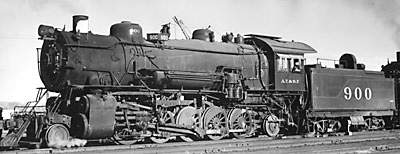
Santa Fe No. 900 was part of the railroad’s first class of 2-10-2s, delivered by Baldwin between 1903 and 1904. Photographed at Raton, N.M., on May 3, 1950. C. C. Trinbham Differences of decades: The design of the final class of 2-10-2s built for the Santa Fe could be traced to the 2-8-2, rather than […]
Read More…
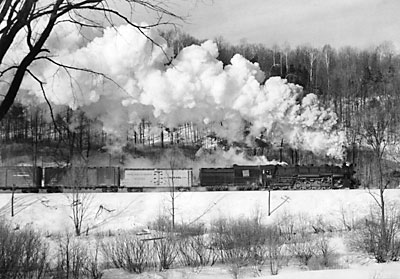
Central Vermont 2-10-4 No. 703 puts on quite a show rolling through Sudbury, Vt., with a northward freight in 1955. Paul A. Reynolds In 1925, just four months after demonstrating its new 2-8-4 on the Boston & Albany, Lima received an order from the Texas & Pacific for the first 2-10-4s. The ten engines ordered […]
Read More…
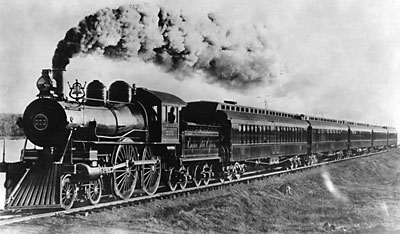
New York Central 4-4-0 No. 999 earned a place in history when it reached a speed of 112.5 mph while pulling the four-car Empire State Express between Batavia and Buffalo, N.Y., on May 10, 1893. This publicity shot, made after her world-famous run, clearly shows the locomotive’s uncommonly large 86-inch driving wheels. New York Central […]
Read More…
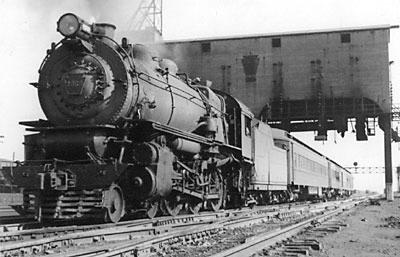
The Pennsylvania Railroad built 90 G5s class 4-6-0s between 1923 and 1925. Ten-Wheeler No. 1963 was photographed pulling away from the coaling dock at Fort Wayne, Ind., with a westbound passenger train in October 1947. J. R. Crosby The first Ten-Wheelers appeared in the late 1840s. They grew out of the need for a locomotive […]
Read More…
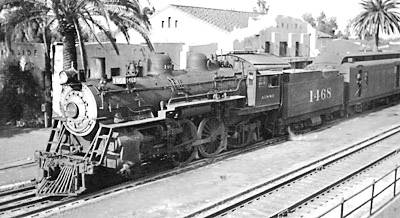
Santa Fe owned the largest fleet of Atlantics, and kept a handful in service until 1953. No. 1468, a 1909 Baldwin, was pinch-hitting for an ailing gas-electric car when it pulled up to the depot at Riverside, Calif., with a westbound train on January 14, 1941. Jack Whitmeyer In the 1890s there was a general […]
Read More…
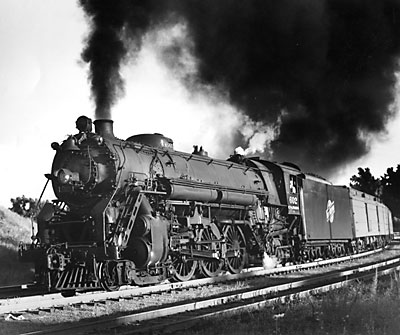
C&NW subsidiary Chicago, St. Paul, Minneapolis & Omaha owned the world’s heaviest and most powerful Pacifics. No. 602 – one of the road’s three giant 4-6-2s, built by Alco in 1930 – blasts through St. Paul, Minn., with train 514 on July 5, 1953. W. H. N. Rossiter The 4-6-2, or Pacific type, grew out […]
Read More…
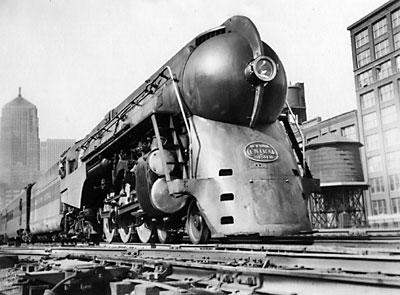
Henry Dreyfus created the timeless design worn by the streamlined 4-6-4s that pulled the Twentieth Century Limited. New York Central rostered North America’s largest fleet of Hudsons. In this photo, one of the speedsters prepares to depart LaSalle St. Station in Chicago. W.C. Merle, II In the early 1920s, as passenger train lengths grew and […]
Read More…
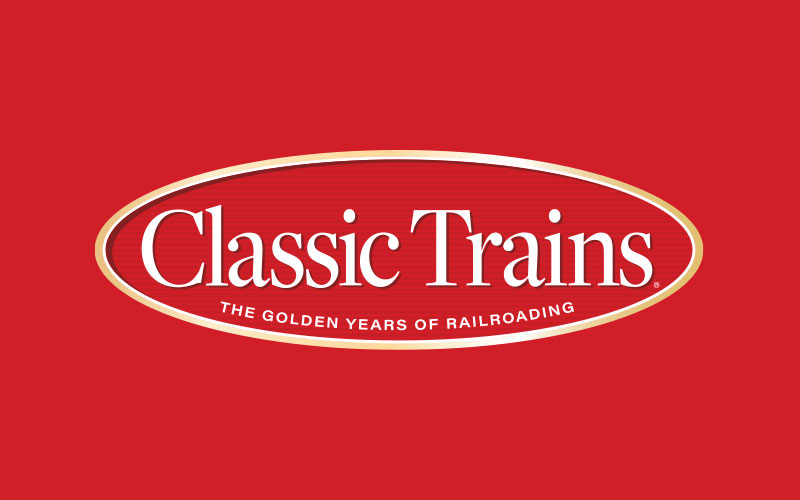
BY Neil Carlson The development of the 4-8-2 grew out of the need for a locomotive with greater power than the Pacific to handle heavy passenger trains in mountainous terrain. The first 4-8-2 in North America was built at Alco’s Richmond plant and delivered to the Chesapeake & Ohio in 1911. Chessie wanted an engine […]
Read More…
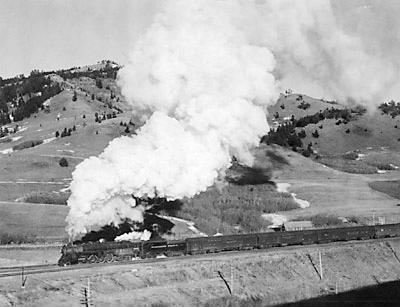
Northern Pacific 4-8-4 No. 2662 storms up the 1.8 percent grade at Muir, Mont., in 1947. Warren R. McGee With the general speed-up of passenger train schedules in the 1920s, the need arose for a more powerful version of the 4-8-2. Although it had adequate adhesion, the 4-8-2 lacked the raw horsepower to accelerate a […]
Read More…
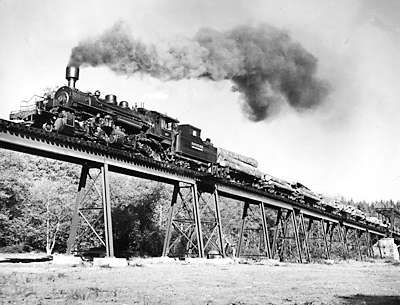
Rayonier was one of several logging companies that operated articulated 2-6-6-2 locomotives. No. 120, an oil-burning 2-6-6-2 built in 1936, hauls a trainload of freshly cut lumber near Humptulips, Wash., on September 28, 1960. Philip C. Johnson collection In the 1890s, the Gotthard Railway in Switzerland operated the first Mallet locomotives. They were compound articulated […]
Read More…
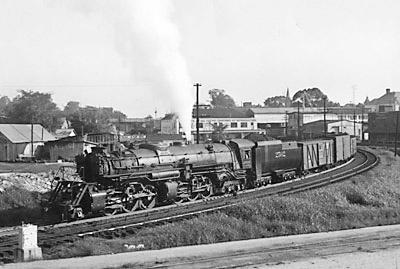
One of Seaboard Air Line’s high-speed, twin smokestack 2-6-6-4s – the largest steam engines on the railroad’s roster – charges out of Raleigh, N.C., with a freight in 1941. Homer R. Hill During the latter half of the 1920s the single expansion articulated locomotive had evolved into a very capable machine. It could lug a […]
Read More…
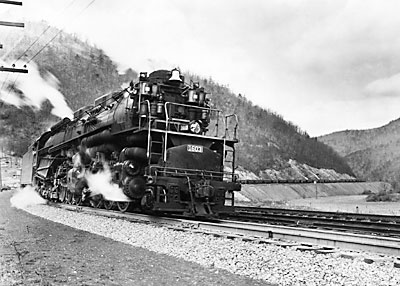
Mammoth C&O Allegheny No. 1603 summons its 110,200 pounds of tractive force to haul a heavy coal train through West Virginia. Chesapeake & Ohio In 1940, the Chesapeake & Ohio needed new locomotives to meet a burgeoning demand for transportation. Its biggest engines were a fleet of single expansion 2-8-8-2s, purchased in the mid-1920s to […]
Read More…












